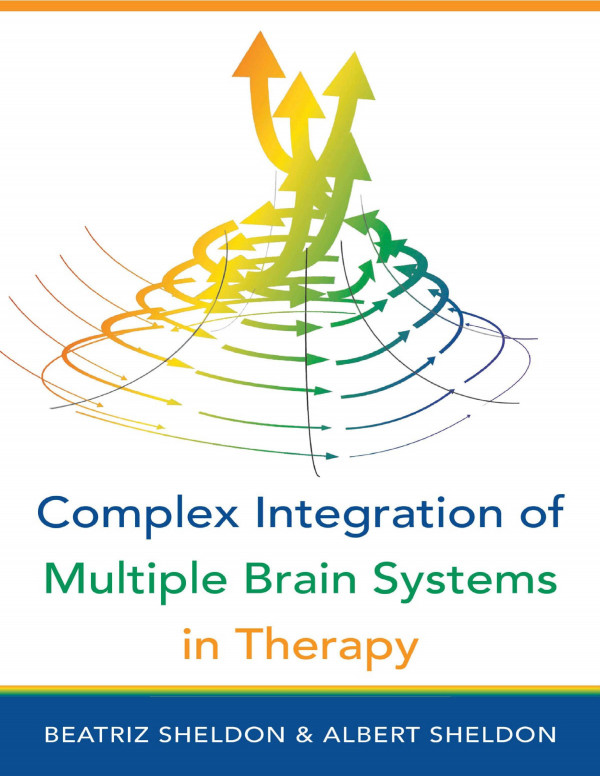

Most ebook files are in PDF format, so you can easily read them using various software such as Foxit Reader or directly on the Google Chrome browser.
Some ebook files are released by publishers in other formats such as .awz, .mobi, .epub, .fb2, etc. You may need to install specific software to read these formats on mobile/PC, such as Calibre.
Please read the tutorial at this link: https://ebookbell.com/faq
We offer FREE conversion to the popular formats you request; however, this may take some time. Therefore, right after payment, please email us, and we will try to provide the service as quickly as possible.
For some exceptional file formats or broken links (if any), please refrain from opening any disputes. Instead, email us first, and we will try to assist within a maximum of 6 hours.
EbookBell Team

4.7
66 reviewsEnabling patients’ minds to change the structure of their brains.
Beatriz and Albert Sheldon have spent the last 20 years developing the novel therapeutic paradigm called Complex Integration of Multiple Brain Systems (CIMBS). They have pioneered new methodology for "reading" and assessing emotional states using their patients’ carefully observed psychophysiological phenomena as empirical evidence. CIMBS also incorporates the latest groundbreaking research on neuroplasticity, brain development, and therapeutic change. This book details their novel neurobiological and psychotherapeutic paradigm―and reveals how therapists can use it for more successful treatment.
Clients come to therapy troubled by deeply ingrained neural circuits and emotional habits. The authors demonstrate how they use psychophysiological perspectives to recognize limitations in brain systems that are interfering with their patients’ functioning. And through “physiopsychotherapy,” they activate self-affirming, nonconscious emotional resources to change rigid, maladaptive neural circuits. CIMBS offers a way of “integrating” these [brain system] resources to foster more complex and flexible mental functioning and to produce more successful psychotherapeutic outcomes. The therapeutic attachment relationship between therapist and patient, and “present moment” experiences within the session rather than recollections of past trauma, are key elements in this unique emotional resource-based mode of therapy.
This book is wide-ranging in documenting CIMBS' success at operationalizing neuroscience research. Translating their academic, scientific, and clinical research and successful training courses into a reference work that you can hold in your hands and savor at leisure, the Sheldons have produced an approachable, intriguing, yet comprehensive milestone in the psychotherapeutic literature.